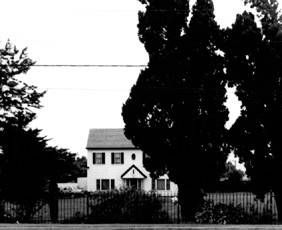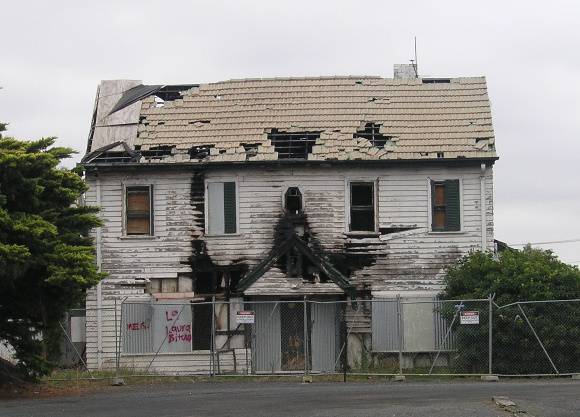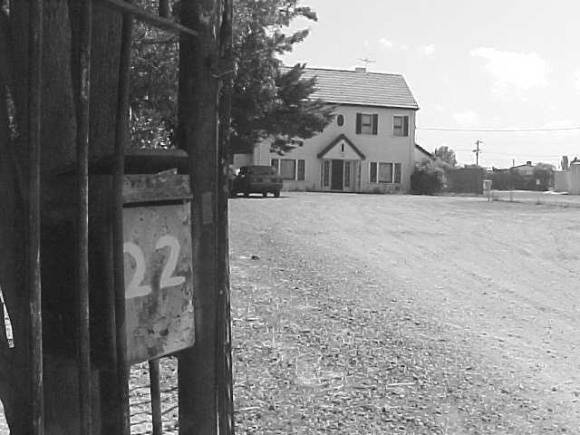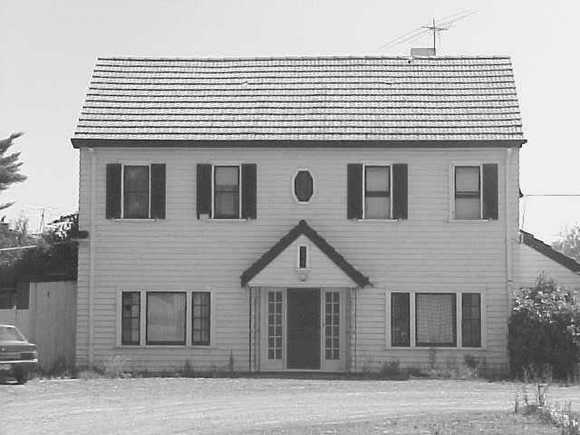| Back to search results » | Back to search page » |
|
Stuart McKay House, trees
Location22-24 Talmage Street, ALBION VIC 3020 - Property No 71
File Number2050LevelIncl in HO area contributory |
|
Statement of Significance
Individual place statement of significance::
This is the last surviving McKay house in Talmage Street, associated with a later generation of McKays who were active in the area in the 1930s. The house is significant as the home of Stuart McKay, who played a prominent role in the McKay firm's overseas business affairs, notably in England during the Second World War. It is very different in style to other houses in the Sunshine area up to that time.
The McKay housing subdivision is of national historical and social significance as the first stage of the suburb created by Australia's leading industrialist and a milestone in the development of the industrial suburb, under the influence of the Garden City movement. Sunshine became a yardstick for planning and housing reformers, with H.V. McKay being regarded as an expert on planned industrial housing. The McKay estate is of regional architectural significance as it marks a crucial phase in the development of Sunshine, housing the resident work force which promoted further industrial development.
The estate is also of historical significance in relation to H. V. McKay's important role in the history of industrial relations in Victoria and Australia, as the provision of housing for his workers was one of the arguments made by McKay in defending the Basic Wages Case which lead to Justice Higgins' "Harvester Judgement".
The group of houses along Forrest Street, Ridley Street, Sydney Street, King Edward Avenue, Anderson Road, Talmage Street and Kororoit Street, represent the type of houses built either by or for company employees, foremen and managers. The houses include major remnants of the large blocks allotted to senior staff of the Sunshine Harvester Works. Most of the houses were set back on their blocks with side drives, rather than rear service lanes, giving an air of spaciousness and permitting large gardens (of which some remnants survive).
Group
Residential buildings (private)
Category
House







